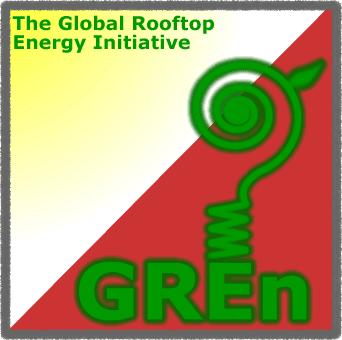(CNN) -- Wind turbines have long produced renewable energy but a French engineering firm has discovered another eco-purpose for the towering structures.
Eole Water claims to have successfully modified the traditional wind turbine design to create the WMS1000, an appliance that can manufacture drinking water from humid air.
The company aims to start rolling out the giant products for sale later in 2012, initially focusing on remote communities in arid countries where water resources are scarce.
"This technology could enable rural areas to become self-sufficient in terms of water supply," says Thibault Janin, director of marketing at Eole Water.
"As the design and capabilities develop, the next step will be to create turbines that can provide water for small cities or areas with denser populations," he adds.
Eole Water is currently displaying a working prototype of the 24 meter tall WMS1000 in the desert near Abu Dhabi that has been able to produce 62 liters of water an hour, says Janin.
More: Wind turbine creates water from thin air [CNN.com]
Tightrope @ Copacaba
6 years ago







